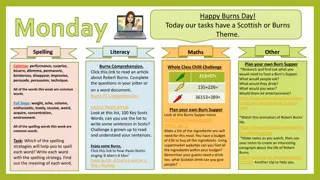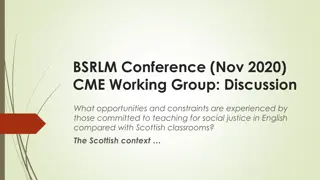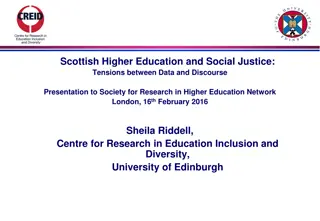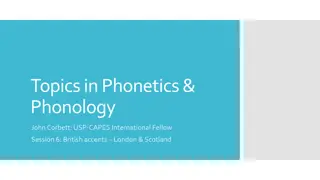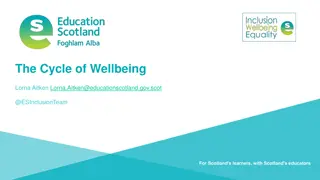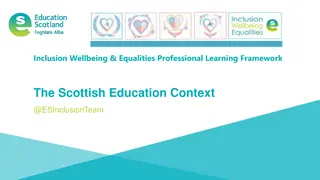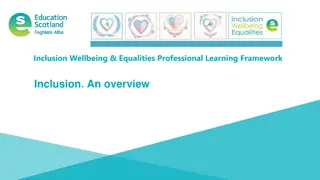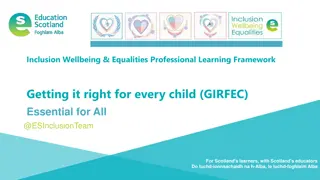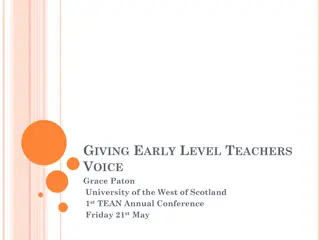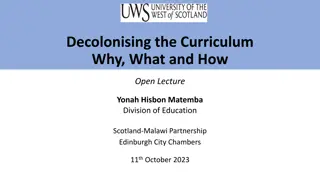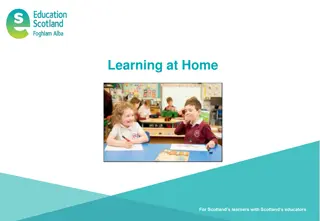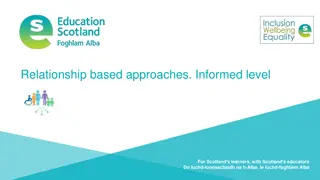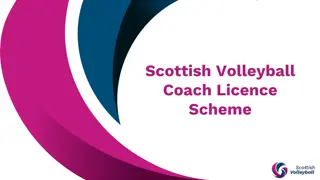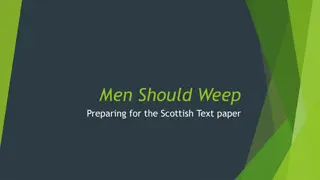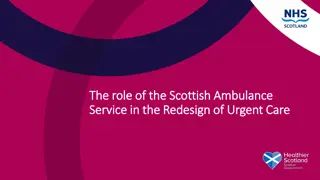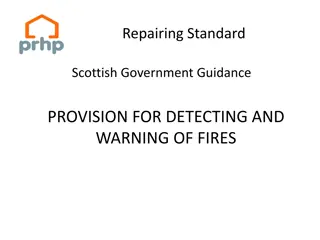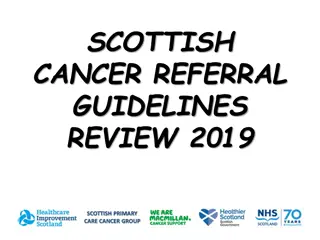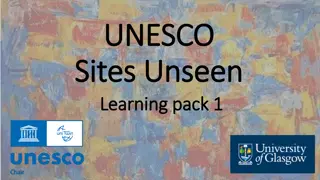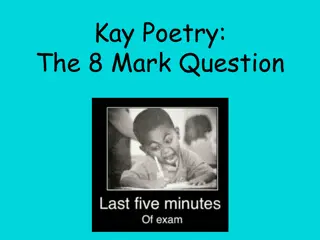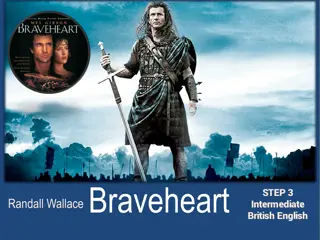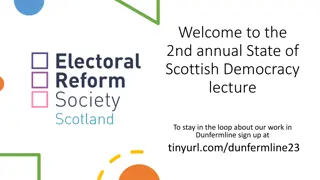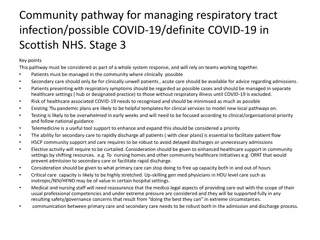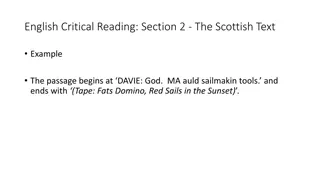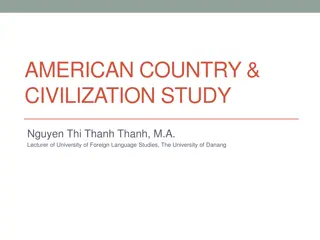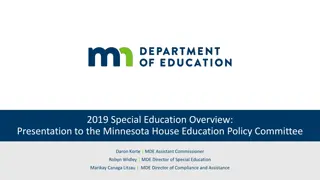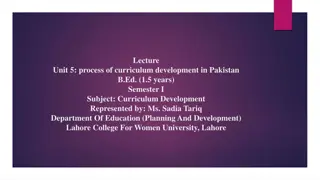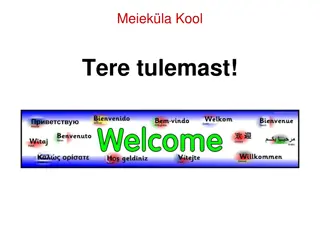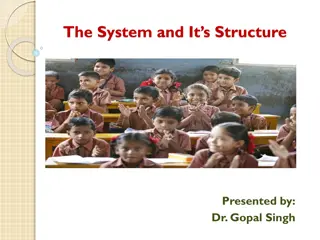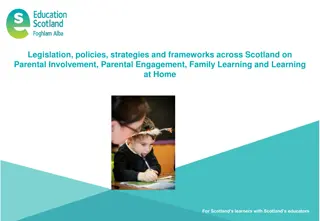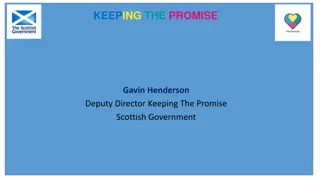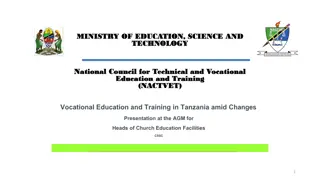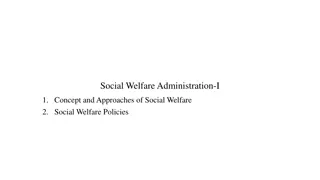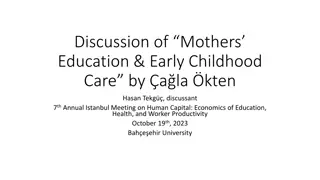The Scottish Education System: An Overview
The Scottish education system offers free schooling to all children, with enrollment required at a nearby school. Primary classes (P1-P7) cater to ages 4-11, while secondary classes (S1-S6) serve 11-17-year-olds. The Curriculum for Excellence (CFE) introduced in 2010 focuses on skill development and holistic learner outcomes. Areas of study in CFE include literacy, numeracy, religious education, health, technologies, arts, social studies, and sciences. Teaching styles vary, and students follow personal learning plans, engage in homework activities, and undergo formative and summative assessments.
Download Presentation

Please find below an Image/Link to download the presentation.
The content on the website is provided AS IS for your information and personal use only. It may not be sold, licensed, or shared on other websites without obtaining consent from the author. Download presentation by click this link. If you encounter any issues during the download, it is possible that the publisher has removed the file from their server.
E N D
Presentation Transcript
Scottish education The School system
ACCESSING SCHOOL Schooling is free to all children Children need to be enrolled at a given school, normally within walking distance Transition to secondary will be automatic in most cases, but children joining later will need enrolled The are Catholic schools in addition to the non- denominational schools, which operate a parallel system
AGES P1-P7 Ages 4 to 11 S1-S6 11 to 17 (compulsory to 16) Classes are taken in order and children move up automatically: children will be matched to class by age, not by ability Schools do not select pupils by ability, but teach all pupils in an area
CURRICULUM FOR EXCELLENCE This is the national curriculum that all Scottish pupils follow This is recently introduced (2010) Designed to develop skills rather than specific knowledge Learners will be: Confident individuals Responsible citizens Effective contributors Successful learners
AREAS OF STUDY IN CFE Literacy Numeracy & Mathematics Religious & Moral Education Health & Well Being Technologies Expressive Arts Social Studies Sciences
HOMEWORK Homework Diary record homework Reading Research Maths Subject Homework Revision
ASSESSMENTS Formative assessment - thinking time, 2 stars and a wish, thumbs up/down Summative assessments Spelling Reporting, learning logs, report cards
OPTIONS In S3, pupils will normally choose 7 subjects to study in S4 and 5 English and Mathematics are compulsory and are taken in addition to these 7 Different schools have different possibilities; speak to the school in advance to find out more If options are not possible within a school, ask about the possibility of external placements http://parents.myworldofwork.co.uk/
EXAMS SQA Scottish Qualifications Authority Past papers, exam timetable available at www.sqa.org.uk Exams take place in May and early June Mostly written exams (except languages) Results arrive by post or SMS in August Pupils have study leave or exam leave Prelims preliminary exams Dictionaries and extra time for EAL pupils (10 mins for every hour, but paper cannot be translated)
EXAMS NATIONAL QUALIFICATIONS National 3* (S4, 5 or 6) National 4* (S4, 5 or 6) National 5 (S4, 5 or 6) Higher (S5 or 6) Advanced Higher (S6) (A, B, C, D, Fail) *Internally assessed (no exams)
MULTILINGUALISM EAL services support pupils who have English as an Additional Language All children needing one will have support from an EAL teacher in addition to the class teacher and parents can ask to meet this teacher if needed too. Schools must provide an interpreter for all formal contact about a child if the parents wish to have one
1+2 New policy that should be in place in all schools by 2020 All school children should learn 2 languages in addition to English (1+2) First additional language (L1) starts at P1 and it must be possible to study this through to National level 2ndadditional language should start in P5 There are no additional requirements for this language Children who start bilingual may have to do 2+2
SUPPORT FOR LEARNING MULTILINGUAL FAMILIES Using the child s first language to support their learning in English causes no problems; in fact it helps! All of the suggested activities function in other languages e.g. : Reading stories together Asking questions Using numeracy in shopping trips Go to the library together www.readwritecount.scot


